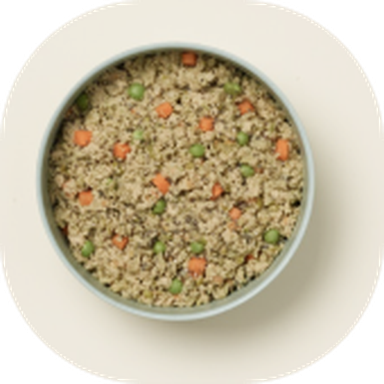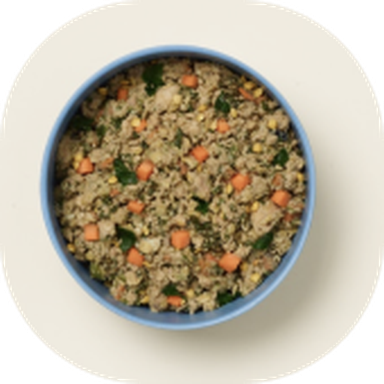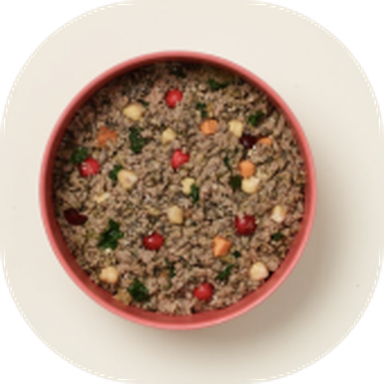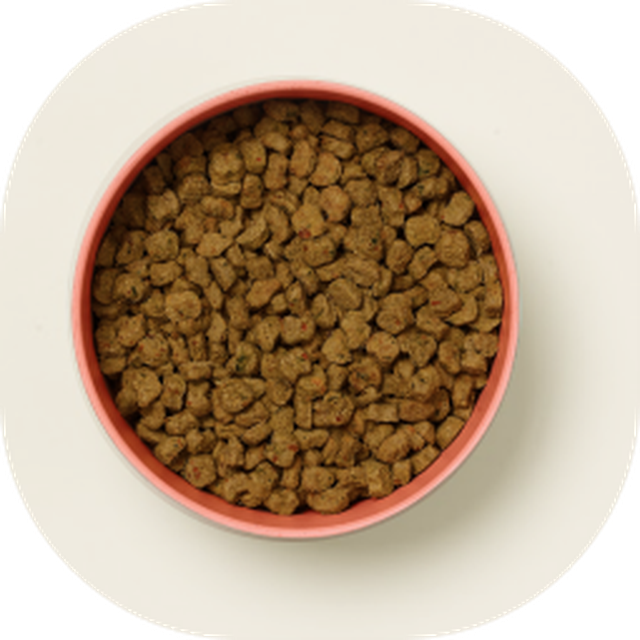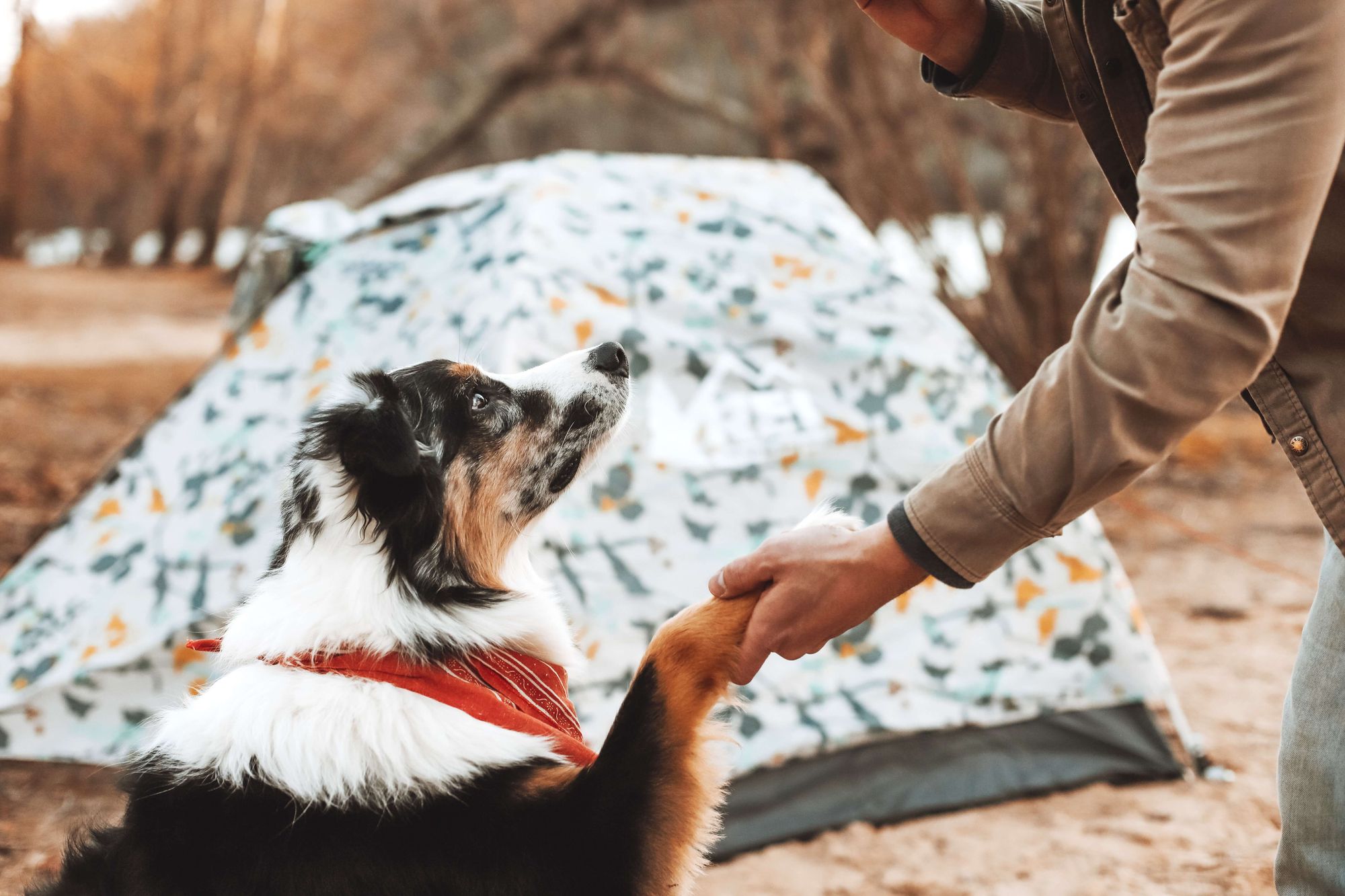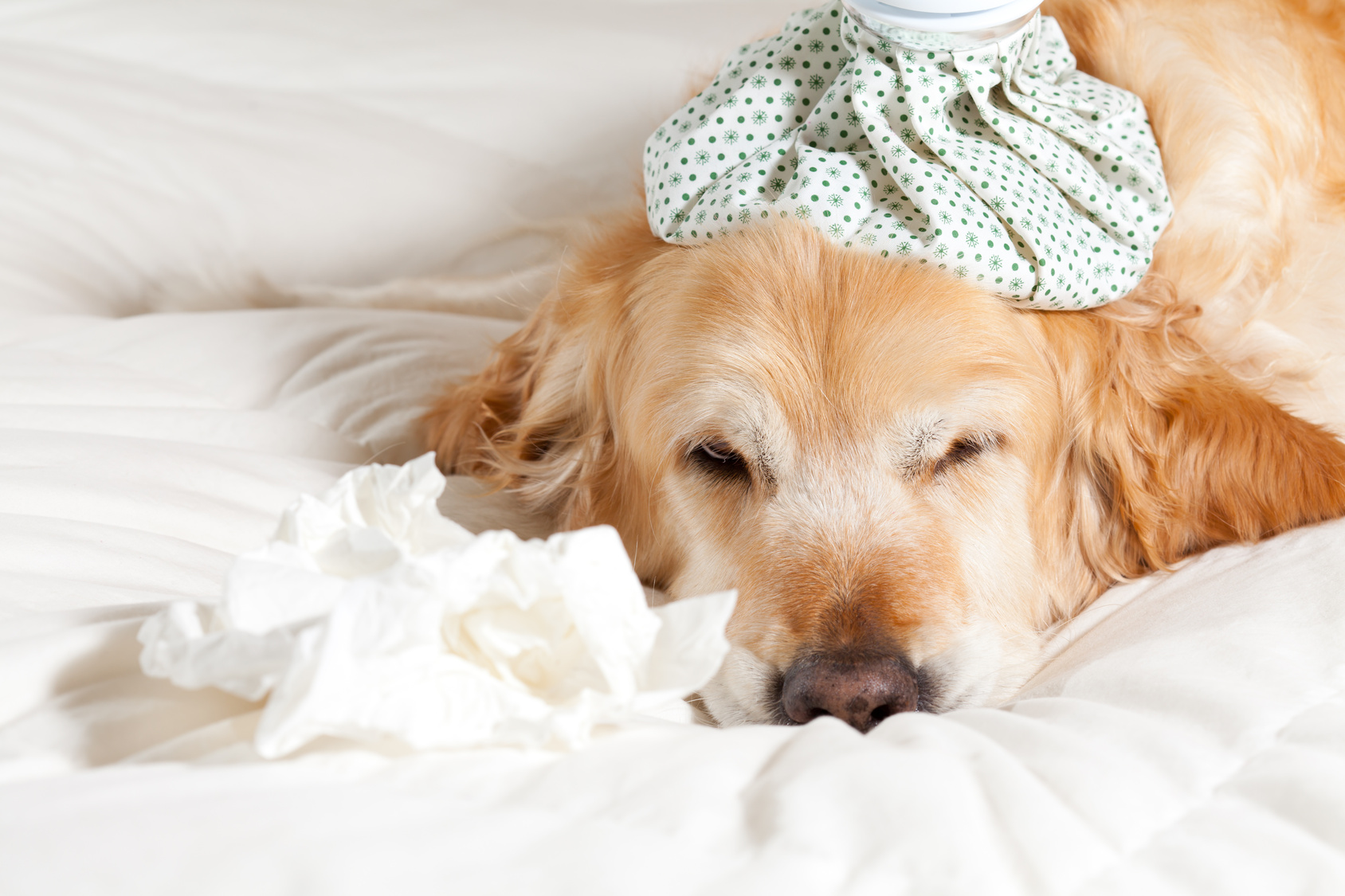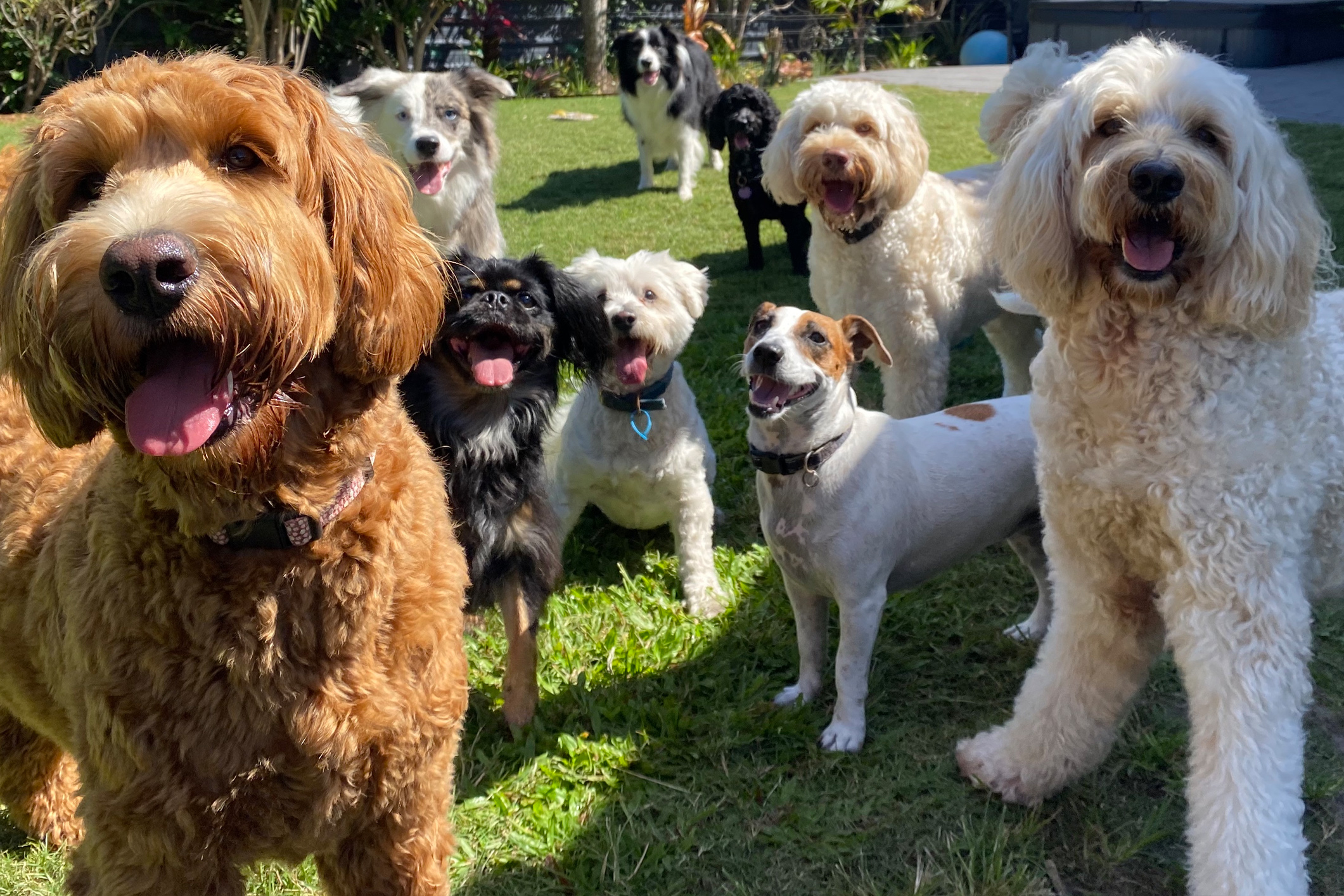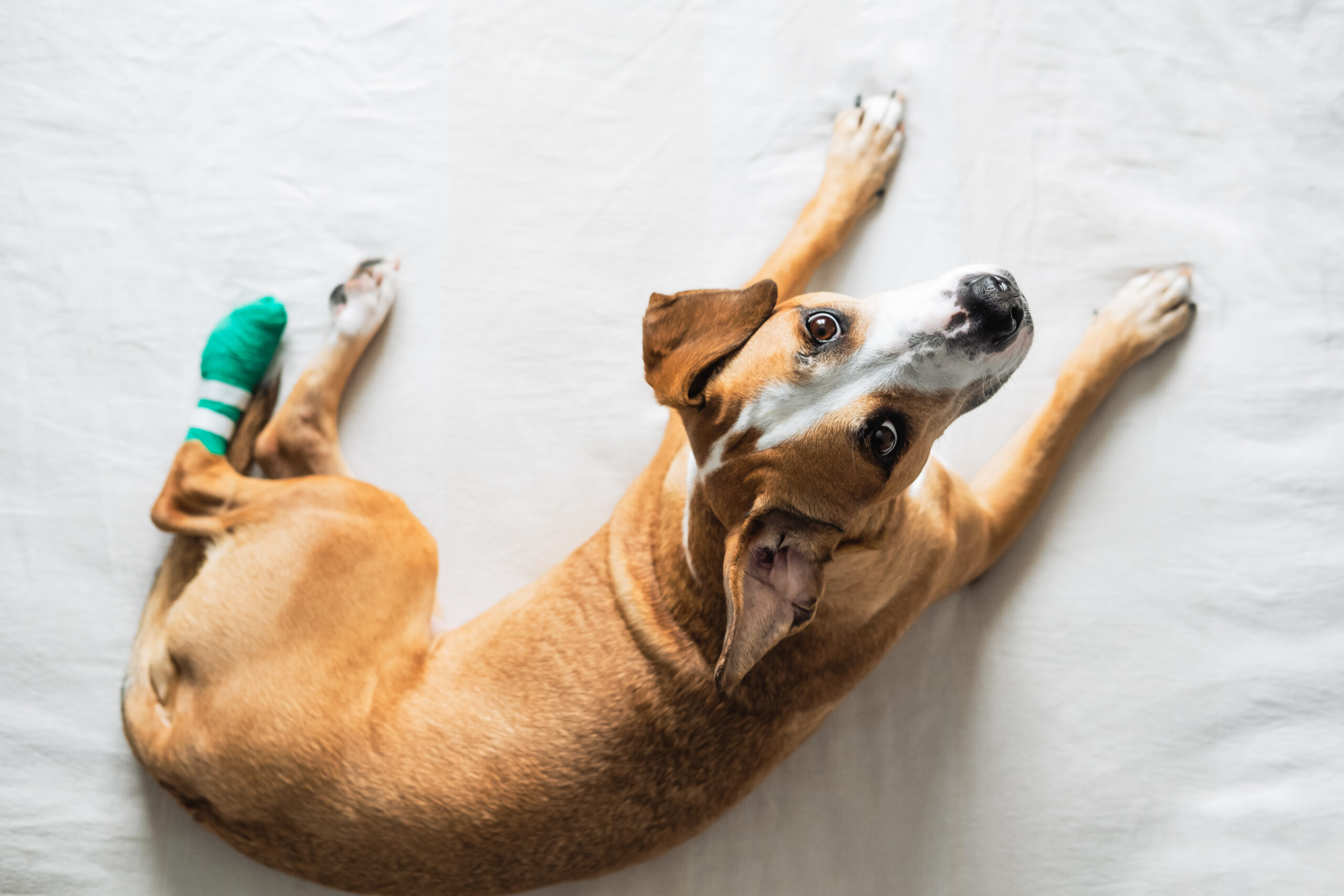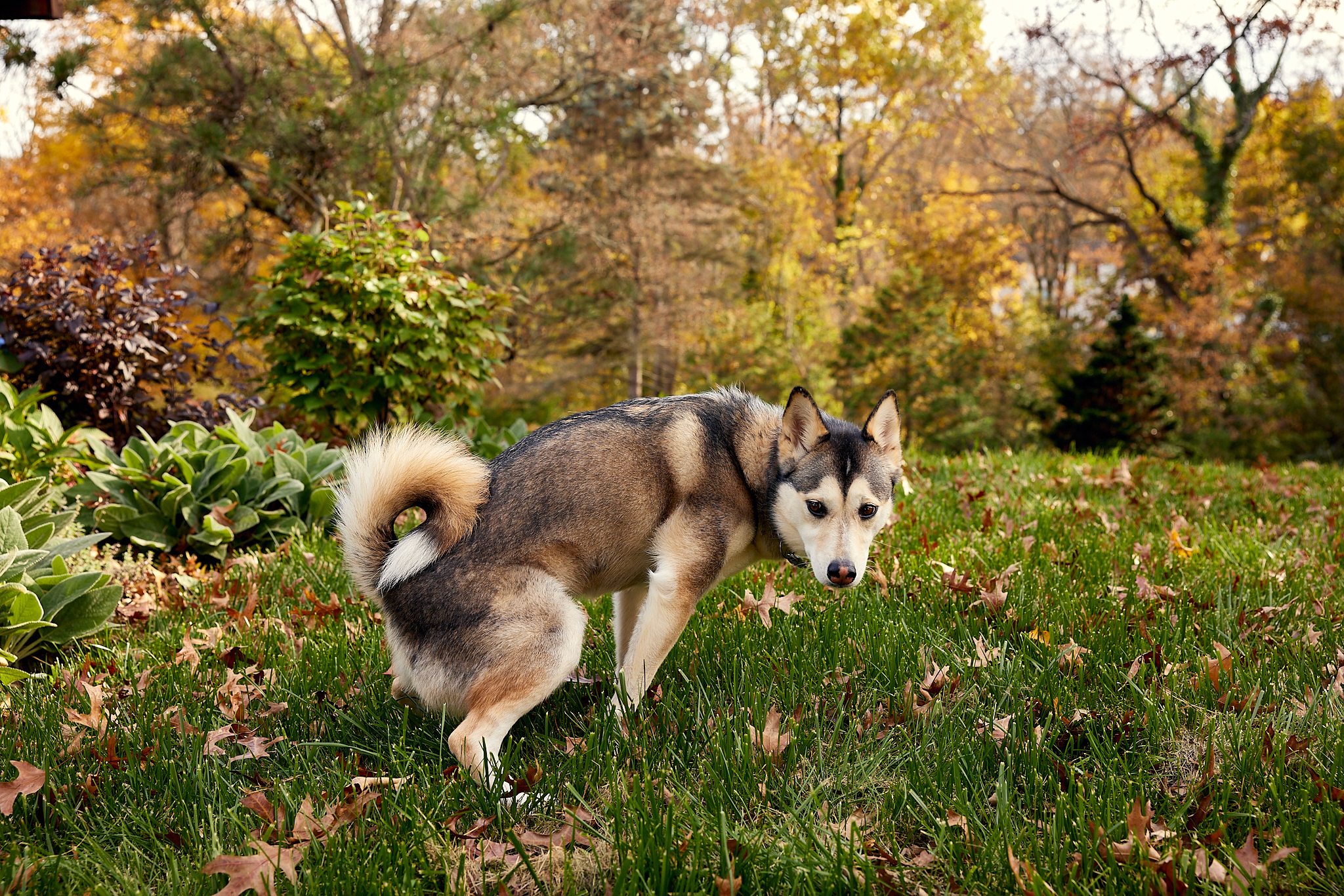Hey Ollie blog readers! We’re offering you an exclusive 60% OFF your starter box! Try now!
Blood in your dog’s stool can be quite alarming. Seeing bright or dark red in your puppy’s poop is disturbing, and it’s almost always an indication there’s something wrong. While it may not be an acute emergency, the first order of business is to call the vet immediately.
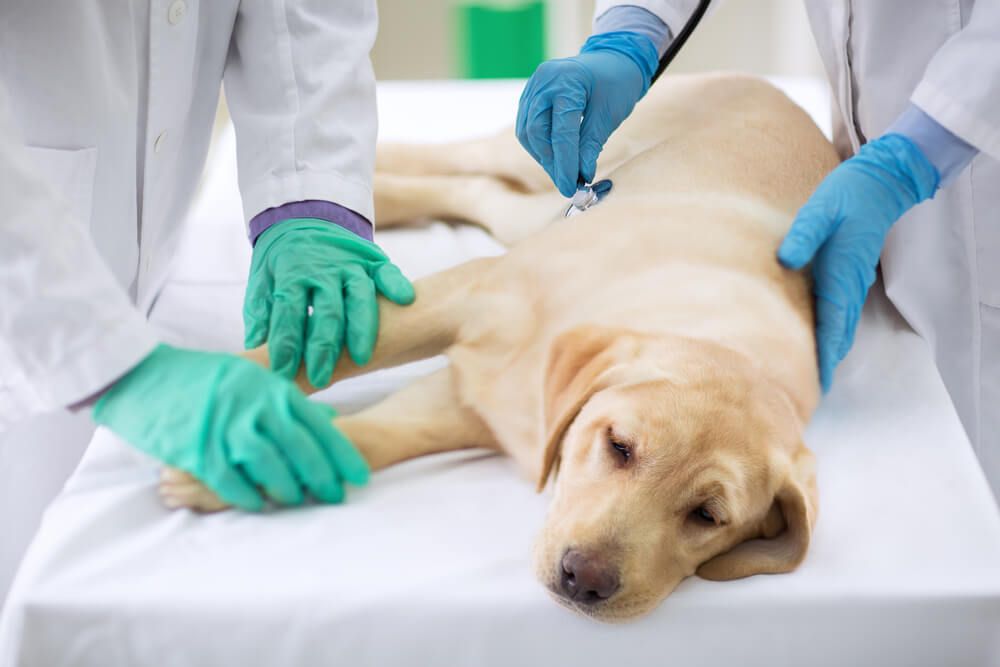
Take note of the color and the consistency of the stool so you can share this with the doctor. If possible, it’s best to collect a sample in case the vet wants to see your pup and test the stool. The doctor’s office will tell you how to collect a sample so you can bring it to your appointment. The stool sample may need to be examined and tested so the doctor can determine the source and cause of the bleeding.
What Does Blood in Dog Stool Look Like?
The appearance of blood in your dog’s poop is fairly easy to catch. However, there are two different sorts of bloody stool: bright red and very dark red (almost black).
Bright Red Stool
When there are streaks of bright red or crimson in your dog’s feces, it’s called hematochezia. The stool can be solid, loose, or diarrhea, but in any case, the stool looks like it’s bleeding.
Dark Red or Black Stool
Bloody stool in dogs can also appear to be black and tar-like. This is called melena, and it indicates the presence of digested blood. Dark poop doesn’t always mean bloody poop, so look closely at the stool (sorry, we know!) and check to see if there’s a hint of red. You can also use a paper towel to pick it up and see if any crimson appears against the white. If you even think that what you’re seeing is blood, call the vet. You can never be too careful when it comes to blood in your dog’s stool.
Why Is My Dog Pooping Blood?
Red or black-ish stool is a symptom, not a problem in and of itself. There are a number of underlying issues that could cause bloody stool in dogs, and what the issue could be is largely dependent on whether you are dealing with hematochezia (the brighter red blood in your dog’s poop) or melena (black tarry looking blood in your dog’s poop).
Causes of Bright Red Blood in Dog Poop
- Parvovirus (parvo), which attacks a dog’s digestive tract and can be deadly if left untreated. This is especially true if a young puppy contracts the disease since they have weaker immune systems.
- Colitis or, inflammation of the colon.
- Ingesting a toxic substance, such as one of these from your garden.
- Injuries to the rectum. Check your dog’s rear end to see if you can find an open wound. You might not be able to see it as it could also be just inside your pup’s rectum.
- Stress>, which can be caused by anything from serious trauma to a shift in the environment or even switching food too quickly.
- Dramatic changes in diet, eating too much, or over-treating . So watch your pup’s treat intake. When training a young puppy and using food as a reward, it’s easy to overdo it.
- Impactions or infections in the anal sac or intestines.
- Acute hemorrhagic gastroenteritis (AHDS), which is often accompanied by vomiting and diarrhea.
Causes of Tarry Black or Dark Red Stool in Dogs
- Aspirin or other anti-inflammatory medications is one of the most common causes. This can stem from an adverse reaction to dog medication or the accidental ingestion of pills meant for humans.
- Tumors in the mouth, stomach, or small intestine.
- Parasites, including hookworms and whipworms, which can lead to anemia.
- Gastroduodenal ulcer in the stomach or the small intestine.
- Ingesting a foreign object that tears the stomach or small intestine.
- Liver disease, including canine hepatitis.
- Hormonal disorders, including Addison’s disease.
- Kidney failure.
- Congenital bleeding disorders, including von Willebrand’s Disease.
- Inflammation of the pancreas (pancreatitis).
- Liver disease.
What Should I Do If My Dog Has Bloody Stool?
Try really hard not to panic. But, whether your dog’s bloody poop is red or black, it’s important to call your vet as soon as possible. The cause of blood in dog’s stool can be as benign as a little bit of stress, or as serious as Parvo which is why it’s important to rule out more serious issues to keep your dog happy and healthy! Getting treatment for a more serious issue quickly increases the chance of a positive outcome, so don’t wait.
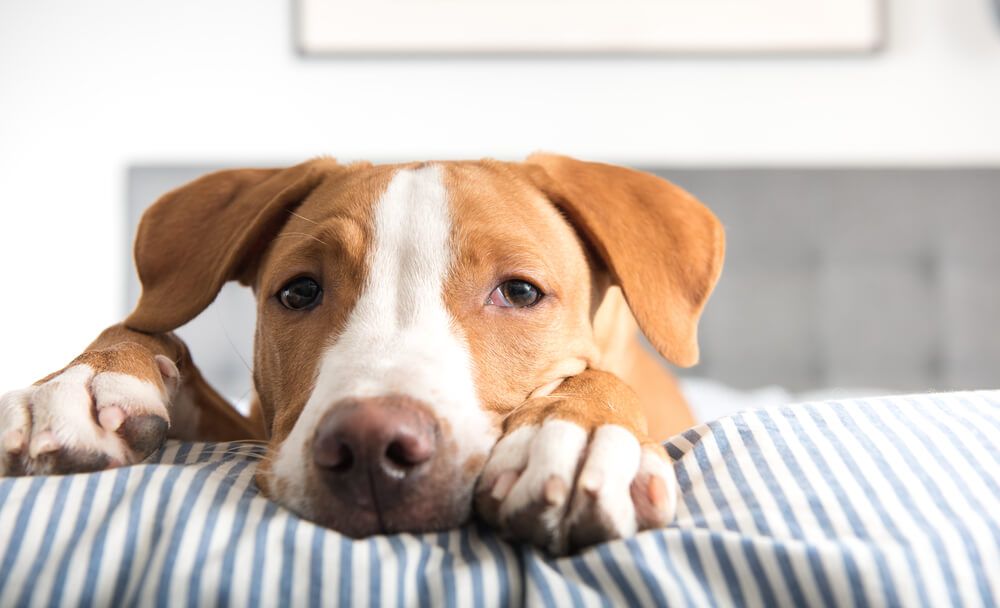
How should I prepare for a doctor’s appointment and what can I expect?
When you call the doctor’s office, the receptionist or tech may ask you a few questions to see if they can determine the issue and its severity. These questions might be about any changes to your pup’s energy level, diet or any other symptoms you’re noticing. They might also ask if any of your pup’s toys are missing or if they might have gotten into anything they shouldn’t have. Answer as honestly as you can, these questions aren’t to pass judgment but to try to quickly figure out what might be causing your dog’s distress.
If the receptionist or tech tells you that you need to bring your pup in, try to get them to the vet as quickly as possible. If you aren’t going right to the doctor, ask about whether you should allow your dog to eat or drink prior to the appointment.
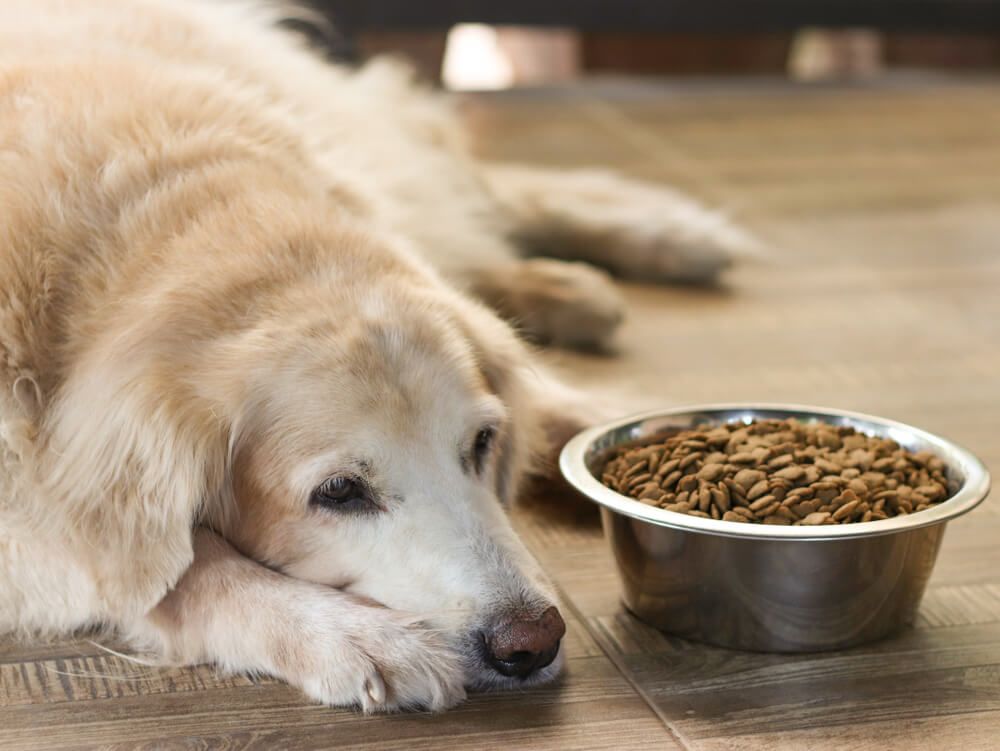
Also, keep an eye on your dog’s bowel movements. If your pup goes to the bathroom again, collect the sample and let your vet know how often your dog has been going, especially if it is more or less frequent than normal.
Your vet will take your pup’s vitals (temperature, heart rate etc.) and a quick history. You may find yourself telling the doctor what you have already told the tech, but this information is really important so keep repeating yourself when you’re asked.
The vet will then perform a physical exam and feel your pup’s belly to check for anything abnormal. Your pet may also get an ultrasound or X-ray so the vet can get a better look at what is going on. Communicate with your vet throughout this process, it is okay to ask about the cost of these procedures and find out if they are covered by insurance if your pet has it.
Once the vet is able to make a diagnosis or at least a suspected diagnosis, they will be able to discuss a recommended treatment plan. Follow your vet’s directions carefully and make any dietary modifications and give any medicine as directed.
If your pet has any side effects or seems to be getting worse, contact your vet’s office immediately. A sick pet can be scary and stressful for both of you. Hopefully, your pet is able to feel better quickly!
The Ollie blog is devoted to helping pet parents lead healthier lives with their pups. If you want to learn more about our fresh, human-grade food, check out MyOllie.com.
Tagged As:

The nutrition your dog needs,
the food they want.

Enjoying our articles? Subscribe our Newsletters and get new articles directly to your inbox
You might also like
9 September 2024
3 MINS READ
How to Choose the Right Dog Daycare
When it comes to finding the best dog daycare, it can be hard to know where to start. Read on for tips on what to look for, ask about, and keep in mind during your search.
by Ollie Pets
26 April 2024
4 MINS READ
How Often Should I Take My Dog To The Vet?
Routine veterinary care is important for your dog’s overall health—but how often should your pup visit the vet? We answer this question and outline common health signs that warrant a veterinary…
by Ollie Pets
28 February 2024
6 MINS READ
Why Do Dogs Eat Poop & How to Stop It
Does your dog partake in poop? We get to the bottom of this unusual behavior, including its medical and behavioral causes, and how to address it.
by Ollie Pets

